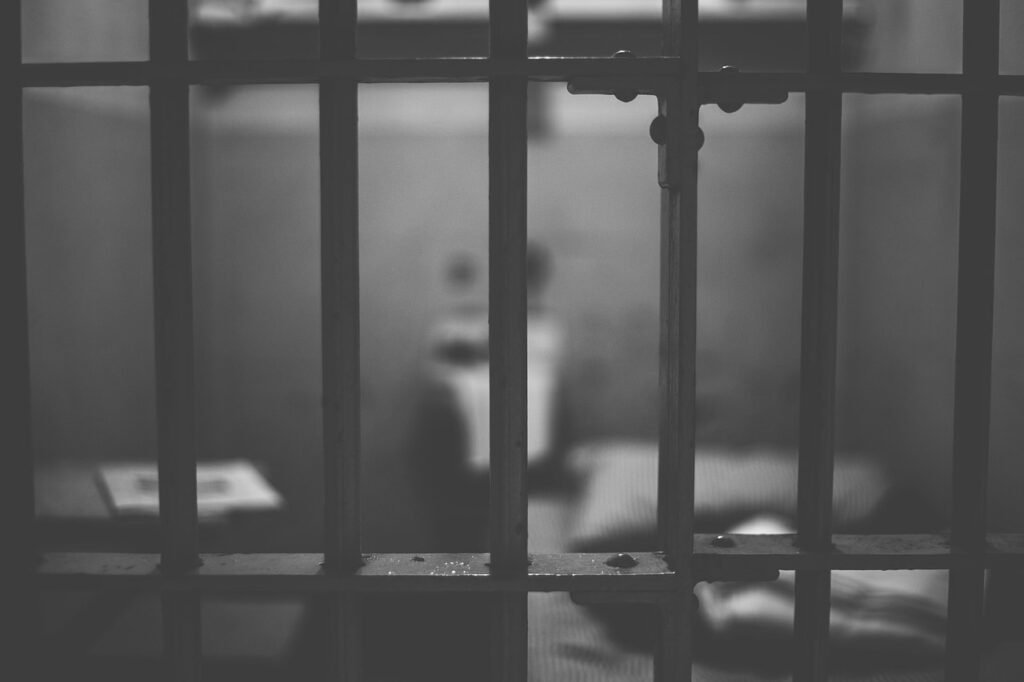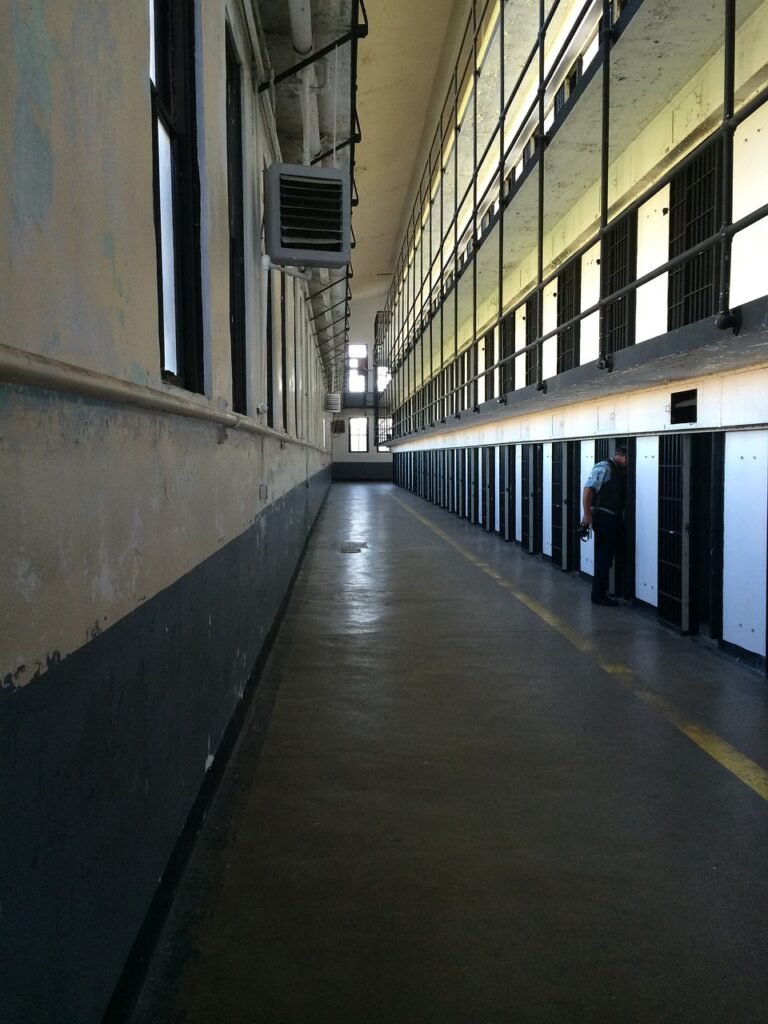
Overview of German Correctional Facilities
German correctional facilities stand out due to their distinct approach and structure. The primary objective of these facilities is to rehabilitate and reintegrate inmates into society. This philosophy influences many aspects of the prison system, including daily routines, the physical environment, and interactions between inmates and staff.
The design of German prisons often prioritizes personal space and privacy for inmates. Cells are typically more spacious and may resemble small apartments rather than traditional prison cells, allowing for a sense of normalcy and dignity. These facilities often include communal areas that foster a sense of community among inmates.
Educational and vocational programs play a crucial role in the German correctional system. Inmates have access to various learning opportunities, from basic literacy classes to advanced vocational training. These programs aim to equip inmates with skills that will help them reintegrate successfully into society upon release. The focus on education and skill-building reflects the broader goal of reducing recidivism by preparing inmates for life after prison.
The relationship between prison staff and inmates is also a critical component. Staff members are trained to adopt a supportive and understanding approach, fostering a more positive environment. This approach helps build trust and respect, which are essential for effective rehabilitation.
German prisons also emphasize the rights of inmates. Inmates have a voice in matters affecting their daily lives, contributing to decisions about meal choices, activities, and participation in programs. This practice reinforces the idea that maintaining human dignity is crucial, even within the correctional system.
Emphasis on Rehabilitation
In Germany, prisons focus significantly on rehabilitation, aiming to provide inmates with the tools and skills necessary for a successful return to society. The correctional system is built around the belief that people can change and that prisons should play an active role in this transformation.
A wide variety of educational programs are available, ranging from basic literacy courses to more advanced vocational training. These programs are not merely optional activities; they are integral to the correctional process. Inmates are encouraged to take part in these programs to gain new skills and qualifications, which can greatly enhance their prospects after release.
Vocational training is another cornerstone of the rehabilitation approach in German prisons. Many facilities have workshops where inmates can learn trades like carpentry, plumbing, or culinary arts. These workshops are often run in partnership with local businesses, providing inmates with practical, hands-on experience that is directly applicable to the job market. This connection to real-world skills and employment opportunities is designed to reduce the likelihood of reoffending by equipping inmates with a viable path to lawful employment.
Mental health support is also a crucial aspect of rehabilitation. Inmates have access to counseling and therapy services, which address underlying issues such as addiction or trauma. This comprehensive approach to mental well-being aims to tackle the root causes of criminal behavior, thereby fostering a healthier and more stable mindset for inmates as they prepare to reenter society.
In summary, German prisons strive to create a rehabilitative environment that supports personal growth, skill development, and mental well-being, providing inmates with a solid foundation for their future outside of prison walls.
Conditions Within Prisons

German prisons provide living conditions that emphasize personal dignity and comfort. Cells are designed to be more like small apartments, often featuring a bed, desk, and personal items that allow inmates to maintain a sense of individuality. This approach contrasts sharply with the often austere and cramped conditions found in many American prisons.
Privacy is a key feature in German correctional facilities. Inmates usually have their own rooms, which helps reduce tension and conflict. The spaces are intended to make inmates feel more human and less institutionalized, which can positively impact their mental well-being.
The environment inside German prisons also includes communal areas where inmates can interact and engage in group activities. These shared spaces help build a sense of community and foster positive relationships among inmates. Access to outdoor areas is another important aspect, as fresh air and physical activity are considered vital for maintaining health and morale.
Additionally, the daily routines in German prisons are structured to include educational and vocational activities, making productive use of inmates’ time. The availability of such programs within the prison environment underscores the commitment to rehabilitation and personal development.
In summary, the conditions within German prisons aim to create a humane and supportive atmosphere. By prioritizing personal space, privacy, and meaningful activities, these facilities strive to prepare inmates for a successful reintegration into society.
Relationships Between Staff and Inmates
In German prisons, the dynamic between staff and inmates is built on mutual respect and support. Staff members are trained to engage with inmates in a manner that emphasizes understanding and collaboration. This approach helps foster a positive environment where inmates feel heard and respected.
One key aspect of this relationship is open communication. Inmates are encouraged to express their concerns and needs, which staff address in a constructive and empathetic manner. This not only helps in resolving issues but also builds trust between both parties.
Training for prison staff in Germany goes beyond security measures and includes psychological and social education. This training equips them with the skills needed to handle various inmate behaviors and emotional states effectively. The goal is to create an atmosphere where inmates feel safe and supported, which can significantly aid their rehabilitation process.
Additionally, staff are often seen as mentors or guides rather than just enforcers of rules. They work closely with inmates on their educational and vocational pursuits, offering guidance and encouragement. This supportive role can make a substantial difference in an inmate’s journey towards personal growth and reintegration into society.
The emphasis on a positive and constructive relationship between staff and inmates contributes to a more humane and effective correctional system. By focusing on understanding and mutual respect, German prisons aim to create an environment conducive to rehabilitation and long-term positive change.
Rights of Inmates

Inmates in Germany have a broader range of rights compared to those in American prisons. This emphasis on rights underscores the importance of maintaining human dignity for everyone, regardless of their circumstances. Inmates in Germany are given a voice in many aspects of their daily lives, allowing them to participate in decisions that affect their living conditions and activities. This can include choosing meal options, selecting programs to join, and having a say in various daily routines.
A crucial right for inmates is the opportunity to express grievances and concerns. There are established procedures for inmates to file complaints, which are taken seriously and addressed promptly. This open line of communication helps ensure that inmates feel heard and respected, fostering a more positive environment.
Privacy is another significant right. Inmates usually have their own rooms, which allows them personal space and reduces potential conflicts. This privacy helps in maintaining a sense of individuality and dignity, which can positively impact their mental well-being.
Healthcare rights are also robust, with inmates having access to necessary medical and psychological services. This comprehensive healthcare approach is part of the broader commitment to treat inmates with respect and care, ensuring their physical and mental health needs are met.
Overall, these rights reflect a correctional philosophy that values the humanity of inmates, encouraging their rehabilitation and eventual reintegration into society.
Sentencing and Release
Sentences in Germany tend to be shorter, with an emphasis on preparing inmates for life outside the facility. This approach stems from a belief in the potential for change and rehabilitation. When it comes to release, parole decisions are made carefully, evaluating an inmate’s progress and readiness to reintegrate into society. This evaluation considers various factors, such as behavior during incarceration, participation in educational and vocational programs, and mental health status.
Parole programs in Germany are designed to offer continued support, including counseling and educational opportunities, which help ease the transition back into the community. This support structure aims to provide a stable foundation, reducing the risk of reoffending. Inmates often participate in gradual release programs, where they start with day releases for work or family visits before transitioning to full freedom. These incremental steps help inmates adjust more smoothly to life outside prison walls.
Additionally, the focus on rehabilitation means that even during their sentences, inmates are encouraged to engage in activities that will aid their future reintegration. By the time they are considered for release, many have developed new skills and a stronger sense of responsibility, which are crucial for successful reentry into society. This holistic approach underscores the importance of addressing not just the punitive aspects but also the rehabilitative needs of inmates.
Opportunities for Work and Activities
In German correctional facilities, inmates have access to a broad range of work and recreational activities designed to aid their personal development and prepare them for life post-incarceration. Vocational training programs offer practical skills in various trades such as carpentry, plumbing, and culinary arts. These programs often collaborate with local businesses, providing inmates with hands-on experience that can be directly transferred to the job market.
Creative activities like art, music, and theater are also available, encouraging inmates to explore and express themselves in constructive ways. These outlets not only help in developing new skills but also provide emotional and mental relief, contributing to overall well-being.
Work programs within the prison allow inmates to take on jobs that can earn them money, which they can save for their release or use to support their families. This element of responsibility and financial management is an important aspect of their rehabilitation.
Inmates can also engage in sports and physical activities, promoting physical health and teamwork. These activities offer a constructive way to channel energy and foster camaraderie among inmates.
Educational opportunities extend beyond vocational training to include literacy classes and more advanced educational courses, further broadening inmates’ skill sets and improving their prospects for reintegration into society. These varied opportunities ensure that inmates are continually engaged in meaningful and productive endeavors.
Public Viewpoint

The perspective of the German public towards their prison system is generally more supportive of rehabilitation rather than punishment. This outlook stems from a societal belief in the potential for individuals to change and the importance of providing them with the tools to do so. There is widespread recognition that effective rehabilitation can lead to a safer and more harmonious society by reducing recidivism. Consequently, the focus is on preparing inmates for a successful reentry into the community, which aligns with the public’s desire for constructive solutions to criminal behavior. This mindset is evident in the policies and structures of German correctional facilities, which prioritize education, vocational training, and mental health support. Public support for these rehabilitative measures reflects a collective understanding that treating inmates with dignity and respect can lead to positive outcomes not just for the individuals involved but for society as a whole. This contrasts with the often punitive view seen in other countries, where the emphasis is more on punishment than on the potential for rehabilitation. The German approach fosters an environment where second chances are valued, and personal growth is encouraged, contributing to a more inclusive and supportive community outlook.
Closing Thoughts
German prisons demonstrate a unique approach that emphasizes rehabilitation, respect, and personal growth. The focus on educational and vocational programs, coupled with the humane living conditions and supportive staff-inmate relationships, provides a comprehensive framework for successful reintegration into society. By ensuring that inmates have access to various opportunities for development and by maintaining their dignity throughout their incarceration, the German system aims to reduce recidivism and foster long-term positive change.
In contrast, the American system often prioritizes punishment over rehabilitation, which can hinder the reintegration process. American prisons might benefit from adopting some of the practices seen in Germany, such as more extensive educational opportunities and a stronger emphasis on mental health support. Creating an environment that encourages personal development and treats inmates with respect can lead to better outcomes not just for the individuals involved, but for society as a whole.
By exploring and integrating these rehabilitative practices, there is a potential to transform the correctional system into one that better supports inmates’ transitions back into the community, ultimately leading to a safer and more harmonious society.
